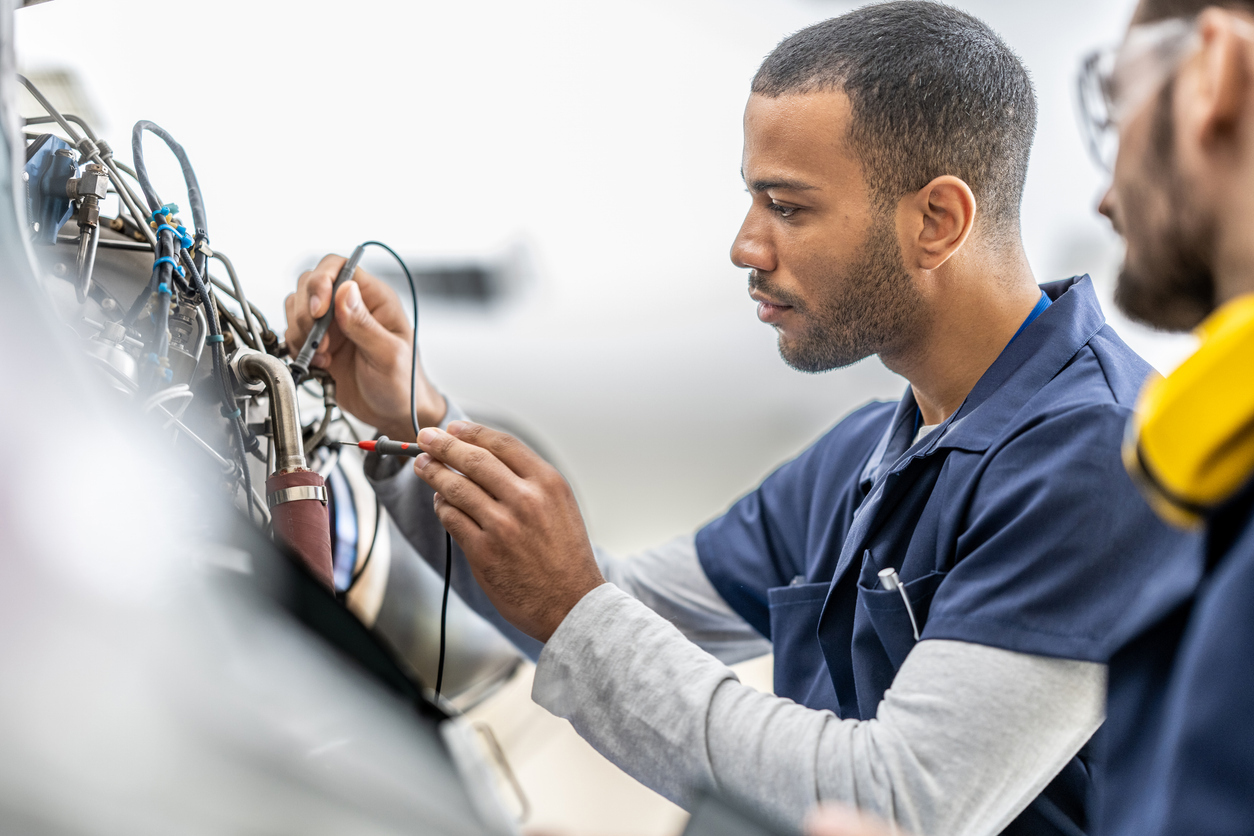
BEV Service & Installation: Safety and Standards
This safety and standards course is designed to provide a foundational understanding of safety and standards for servicing BEVs.
With the increasing popularity of BEVs, the need for qualified technicians who can safely service these vehicles is on the rise. The course will focus on safety standards, regulations, and other BEV industry standards. This course identifies the potential dangers when performing service on high-voltage systems. The topics covered in this course will enable you to classify proper personal protective equipment and identify defects. This is followed by a review of work bay safety procedures and how to identify tools and equipment required for high-voltage service. You will learn the industry’s standards for differentiating low-voltage, intermediate-voltage, and high-voltage electrical circuits and the importance of powering down a BEV before servicing.